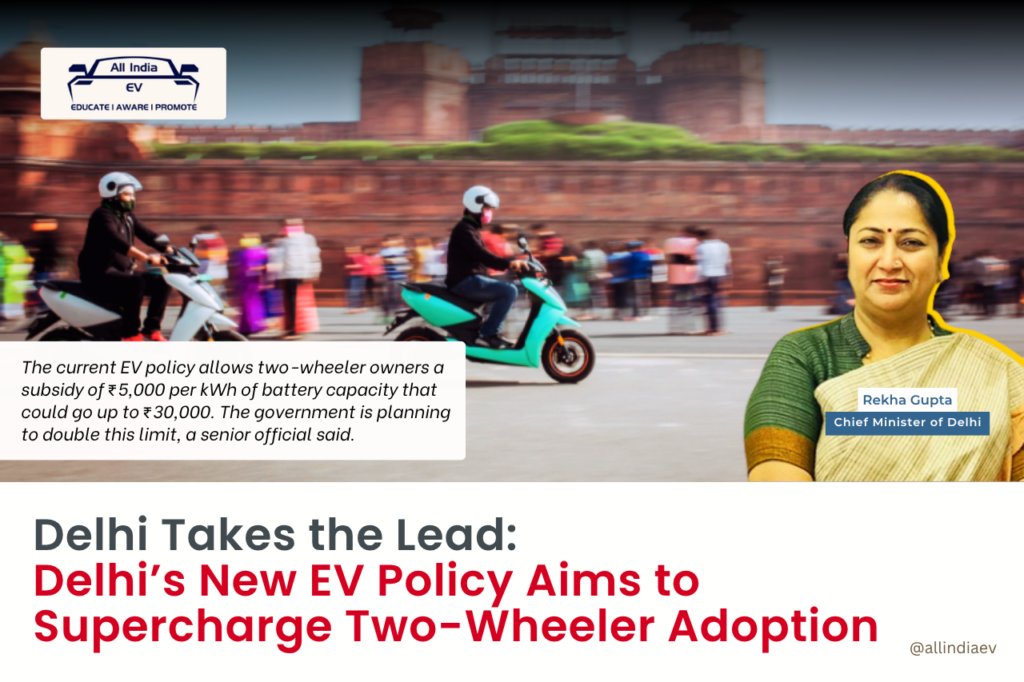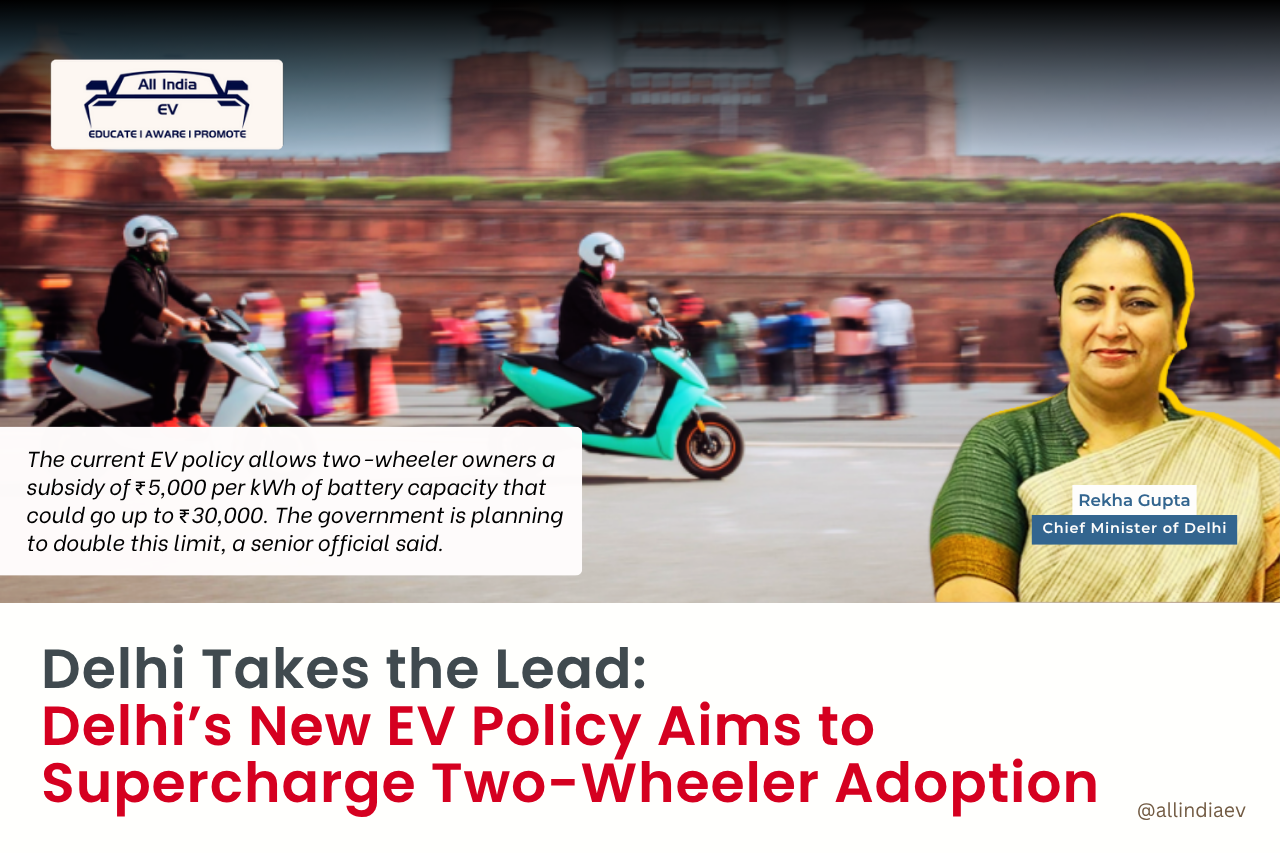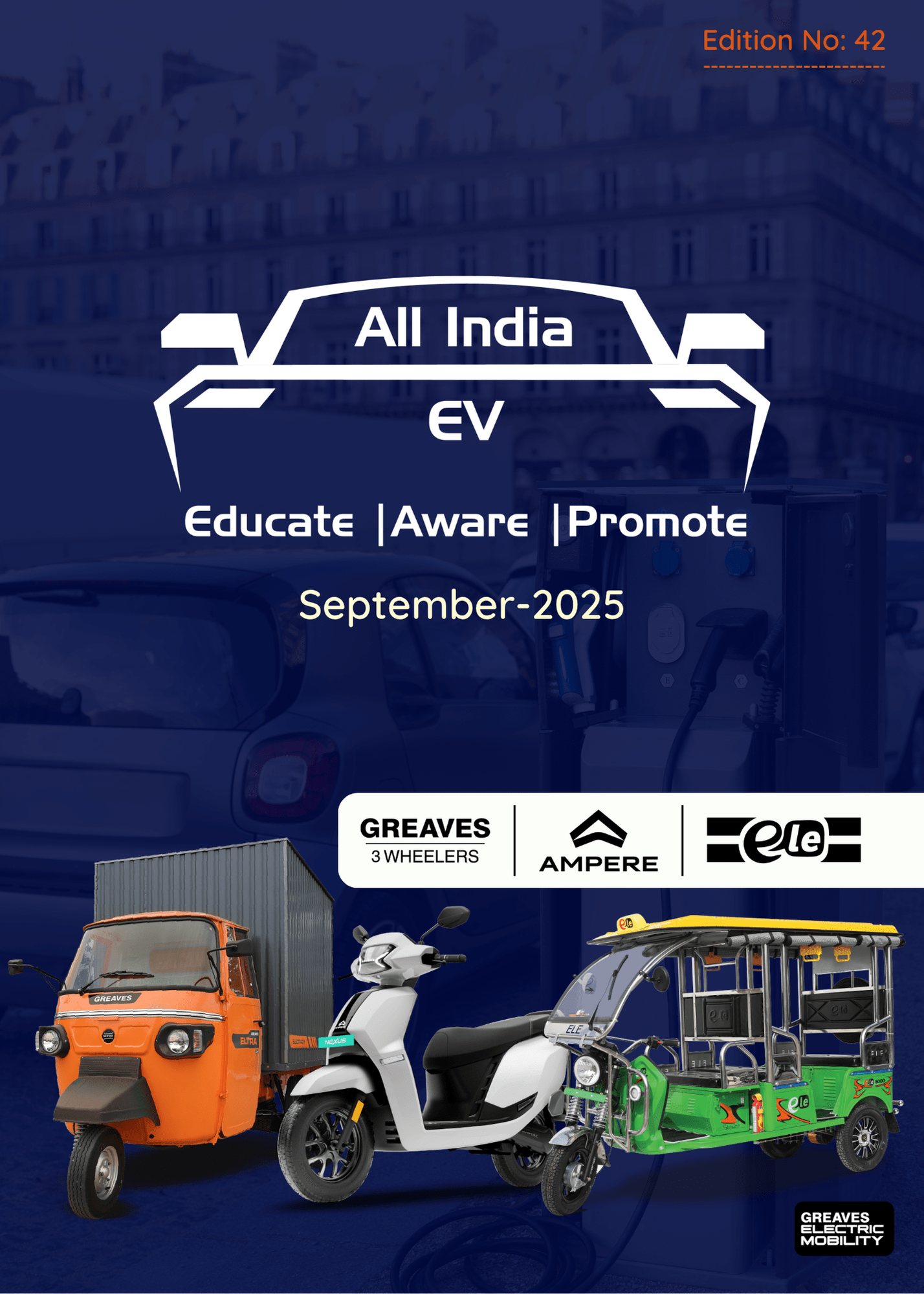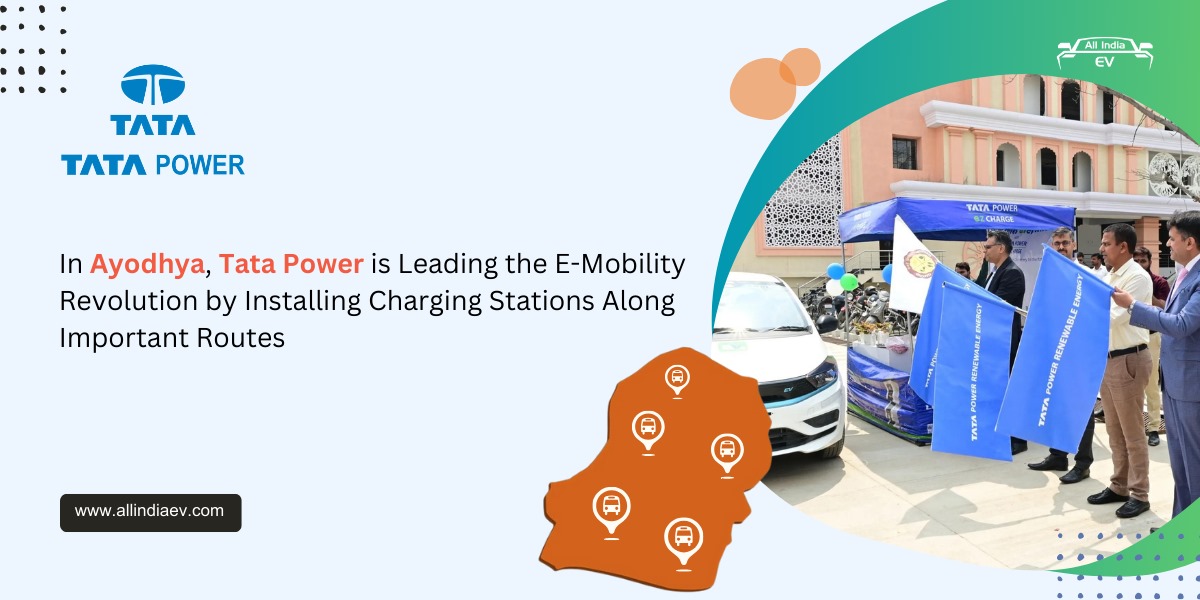
Delhi Govt Plans to Double EV Two-Wheeler Subsidy, Raising Benefits Up to ₹30,000 for Battery Owners
In a major move to accelerate electric mobility in the capital, the Delhi government is planning to increase incentives under its second Electric Vehicle (EV) Policy, aiming to make electric two-wheelers more affordable and attractive for consumers — especially gig economy workers.
According to senior officials, the new EV policy, expected to be rolled out in early 2026, will feature higher purchase subsidies, enhanced tax benefits, and expanded charging infrastructure for electric two-wheelers, which account for the largest segment of Delhi’s vehicular population.
Doubling Subsidy Limits for Two-Wheelers
Under the current policy, two-wheeler EV buyers receive a subsidy of ₹5,000 per kWh of battery capacity, capped at ₹30,000 per vehicle. The government is now considering doubling this limit, potentially offering up to ₹60,000 in subsidies for new buyers.
A senior official said the initiative aims to narrow the price gap between petrol-powered and electric two-wheelers, making EVs a more practical choice for the masses. “While electric vehicles are costlier upfront, they have significantly lower running and maintenance costs, and this enhanced subsidy will help balance the initial price difference,” the official added.
Focus on Gig Workers and Delivery Fleets
Recognizing the rising use of electric scooters by delivery executives and gig workers, the government plans to introduce low-interest financing options to make e-two-wheelers more accessible. Officials said discussions are underway with banks and financial institutions to offer special credit schemes for this segment.
To further support this workforce, the policy will push for installation of e-bike charging stations near markets and high-delivery traffic zones across Delhi. “This will directly address one of the biggest pain points for commercial riders — the lack of easily accessible charging options,” an official said.
Scrappage Incentives and Tax Concessions
The upcoming policy will also link incentives with the vehicle scrappage program, offering additional tax concessions to individuals who replace their old internal combustion engine (ICE) two-wheelers with EVs. Officials describe this as a “dual-benefit strategy” that can simultaneously reduce vehicular pollution and accelerate EV adoption.
Current Scenario and EV Growth Trends
Despite growing interest, electric two-wheelers still trail behind petrol models. As per official data, 22,646 battery-operated vehicles and 8,684 pure EVs were registered in 2024. In 2025, 21,963 EVs were registered compared to over 2.55 lakh petrol two-wheelers, a clear indication that EV adoption remains modest.
The new policy, originally set to expire this year, has been extended till March 2026 or until the revised version is implemented after public consultations in early 2026.
Pending Subsidy Disbursal and Court Directive
Meanwhile, the government faces a backlog of ₹140 crore in unpaid EV subsidies. Transport Minister Pankaj Singh recently confirmed that the funds will be disbursed after verification, and that a dedicated portal is being developed for the process.
The Delhi High Court has also directed the government to clear pending subsidy payments without procedural delays, emphasizing that “bureaucratic hurdles cannot be used as an excuse” to withhold benefits promised to citizens.With these reforms, the Delhi government aims to position the capital as a model EV city, fostering a cleaner, more sustainable, and economically inclusive mobility ecosystem.










